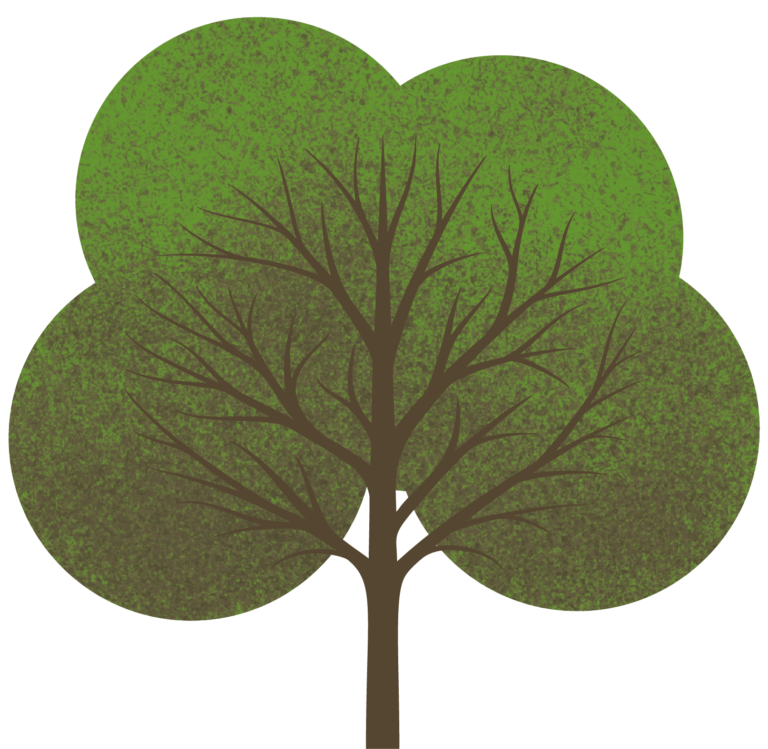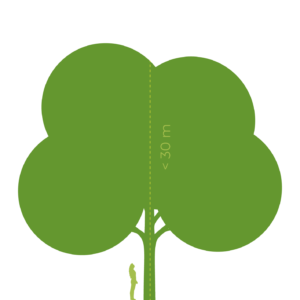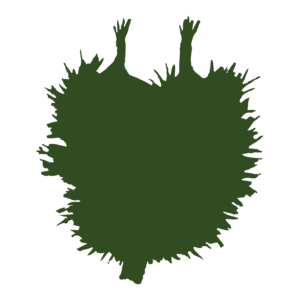Castanyer (Catalan) | Castiñeiro (Galician) | Castanheiro (Portuguese) | Castaño (Spanish) | Châtaignier commun (French)
The chestnut is a fast growing tree capable of reaching a height of 30 m, an impressive growth in both thickness and longevity, with some species even known to be thousands of years old.
Its trunk is thick, robust and hollow at times in older specimen, its bark is brown, dark and cracking lengthwise with age, taking on a characteristic slanted striping, as if the trunk were twisted.
The leaves are simple, deciduous, alternating, oblong-lanceolate, 10-25 cm long and 5-8 cm wide with serrated edges.
The flowers appear in summer, the male flowers in clusters of long, narrow filaments (catkins), the female flowers positioned at the base of the catkins, and after fertilization wrapping the seeds (chestnuts) in a spiny enclosure called the hedgehog.
The chestnut tree prefers humid and cool mid-mountain areas (of up to 1800 m) where it forms dense forests, lower mountain stands, giving way to the beech trees of higher altitudes.
Fossil pollen records reveal that this tree existed in our region even before the last ice age. They are present across the entire Iberian Peninsula thanks to the widespread expansion of Roman cultivation. There is, however, some controversy as to weather or not they actually existed before that, naturally in some isolated valleys in the north of the peninsula.
In the XX. century, thanks to its fruit, both nutritious and easy to digest, the chestnut tree was extensively cultivated in mountain areas.
In open plains the chestnut tree grows to a thicker width and are better for chestnut production, while those growing on steeper slopes and in dense woodlands provide a better wood given that their trunks are straighter and elongated.
Furthermore, the chestnut is a tree with great decorative and sheltering qualities, given that it grows quickly, its foliage protecting from the wind and offering dense shading.







